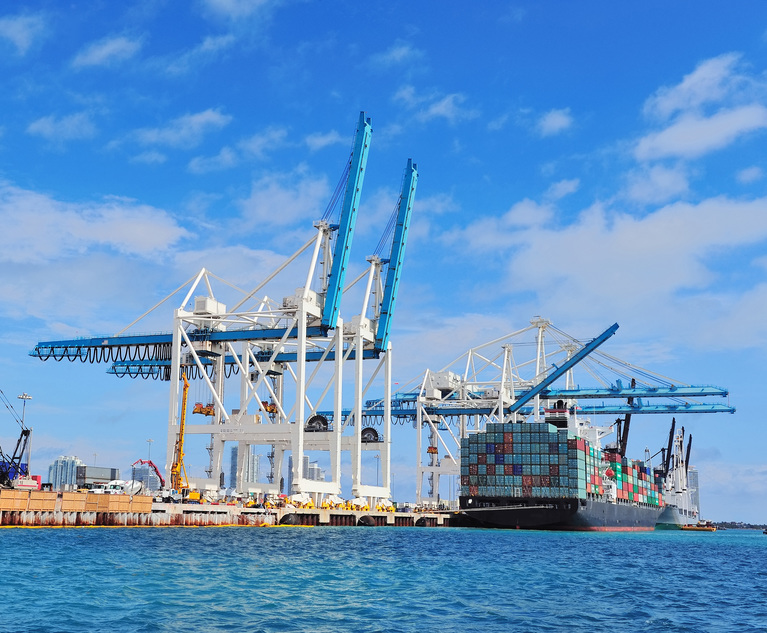Congress passed and President Joe Biden signed into law the Infrastructure Investment and Jobs Act, also known as the Bipartisan Infrastructure Act (BIA) on Nov. 15, 2021, and the Inflation Reduction Act (IRA) on Aug. 16, 2022. These two laws represent the largest commitment ever of federal dollars to infrastructure projects. The nation’s maritime ports and waterways make up a substantial part of that infrastructure enabling the carriage of goods to and from U.S. ports and within the nation’s inland waterways. The rivers of Texas, the Sabine and Neches, Brazos (through Port Freeport) and Rio Grande, and the state’s navigable channels, including the Houston Ship Channel and the Corpus Christi Ship Channel, are the arteries that enable the transmission of goods of all kinds worth billions of dollars between Texas, other U.S. states and the global economy.
In Texas, through the Port Infrastructure Development Program (PIDP), the BIA has already begun funding the U.S. Army Corps of Engineers’ (ACOE) channel improvement project for the Matagorda Ship Channel ($4 million), the Commerce Department’s project to assess the shoreline at Old River Cove to create a marsh restoration plan ($275 million), the Transportation Department’s design and construction of the MALSR Pier in Galveston ($4.3 million), the Brownsville dock repair and renovation project ($3.9 million), the Beaumont container-on-barge infrastructure project ($26.4 million), and the Bayport Container Terminal Expansion ($18.3 million).


 Credit:rabbit75_fot/Adobe Stock
Credit:rabbit75_fot/Adobe Stock




